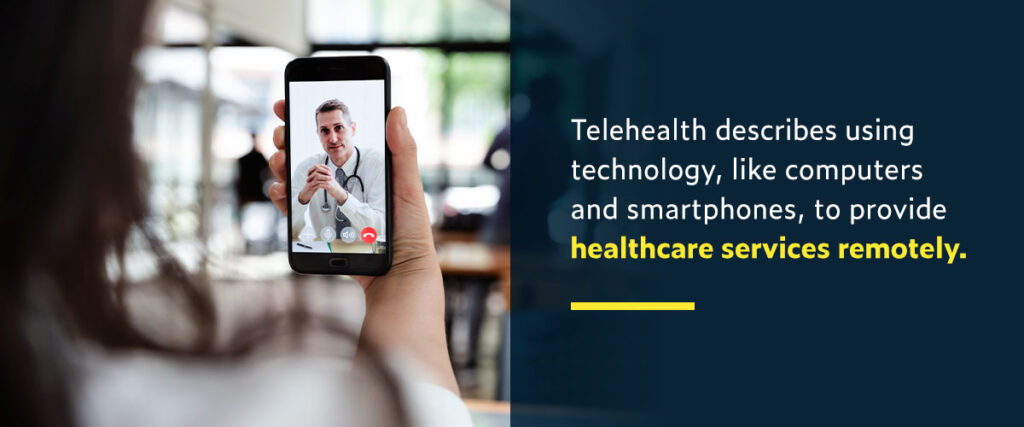Discovering the Development of Subscription Based Healthcare in the Digital Age
Discovering the Development of Subscription Based Healthcare in the Digital Age
Blog Article
How Subscription-Based Healthcare Is Changing the Medical Market

The Increase of Registration Healthcare
Recently, the health care industry has experienced a substantial change in the direction of subscription-based models, reflecting broader consumer patterns preferring ease and predictability. This transformation is driven by the increasing demand for more available and tailored care solutions. Subscription healthcare, often referred to as concierge medication or straight key treatment, supplies people a fixed monthly charge for a variety of medical solutions, substantially modifying standard fee-for-service designs.
The rise of membership medical care is assisted in by improvements in technology, which make it possible for streamlined interaction between service providers and patients - subscription based healthcare. Digital platforms and telehealth solutions have come to be indispensable, using individuals the capability to schedule consultations, gain access to clinical records, and obtain examinations online. This technological combination not only improves person interaction yet additionally allows carriers to provide extra effective care
Additionally, the membership design straightens with the progressing expectations of clients that look for more control over their health care expenditures and experiences. While this model is acquiring traction, its proliferation deals with challenges such as regulatory difficulties and the need for more comprehensive acceptance within the conventional health care community.
Benefits for Clients and Carriers
Subscription-based healthcare provides a multitude of benefits for both providers and clients, reshaping the dynamics of treatment. For patients, this model provides boosted accessibility to health care services. With a predictable monthly fee, patients can appreciate unrestricted assessments, lowered delay times, and customized care. This setup typically results in a more positive strategy to health and wellness monitoring, allowing for prompt interventions that can protect against chronic problems from escalating. The monetary transparency of registration designs lowers the unpredictability linked with standard fee-for-service billing, easing the burden of unforeseen clinical expenses.
For health care providers, subscription-based versions foster a more lasting and satisfying method. By safeguarding a steady income stream, suppliers can concentrate on delivering premium care without the pressure of volume-based solution. This design urges longer client examinations, cultivating more powerful patient-provider relationships and improving health end results. Additionally, it offers companies the versatility to introduce and include preventative and all natural care practices. Administrative tasks are commonly structured, lowering overhanging expenses and enabling providers to dedicate even more time to individual communication. Generally, subscription-based medical care lines up the incentives of patients and service providers, promoting an extra effective and patient-centered medical care shipment system.
Secret Attributes of the Model
Often, the key functions of the subscription-based healthcare design emphasize its distinct method to providing clinical solutions. Central to this model is the idea of predictable, month-to-month settlements, offering people an extensive variety of solutions without the changability of typical fee-for-service structures. This design commonly consists of endless accessibility to key care solutions, preventive treatment, and routine check-ups, guaranteeing that clients can engage with their healthcare suppliers proactively instead than reactively.
In addition, straight communication channels, such as telemedicine and messaging platforms, are highlighted, enabling try this out people to get timely guidance and examinations without needing in-person visits. This improves ease of access and benefit, particularly for people with mobility restraints or those staying in remote locations. The model also cultivates stronger doctor-patient partnerships, as healthcare suppliers are incentivized to focus on lasting wellness end results as opposed to short-term visits.
Furthermore, subscription-based health care frequently incorporates technical developments, such as digital health documents and health and wellness monitoring applications, to supply reliable and individualized care. Patients gain from visit site worked with and continuous care administration, which is tailored to their details health and wellness needs. Ultimately, these attributes collectively develop a patient-centered health care experience, prioritizing access, expense openness, and precautionary care.

Considerations and obstacles
While the subscription-based medical care model provides countless benefits, it is not without its challenges and factors to consider. Membership models may accidentally favor those with higher socioeconomic condition, potentially broadening differences in medical care gain access to for lower-income individuals that might battle with monthly charges.
One more obstacle hinges on regulatory compliance. Subscription-based health care must navigate a complex web of policies that vary by area, consisting of issues around client privacy, data defense, and state licensing needs. Ensuring compliance without hindering the model's flexibility and development can be daunting for carriers.
Additionally, there is the danger of overutilization or underutilization of services. Clients paying a repaired charge might overuse services, resulting in enhanced operational costs, while others could underutilize because of be afraid of burdening the system, potentially ignoring needed care.
Future Potential Customers and Innovations
The landscape of subscription-based health care is positioned for improvement with emerging developments and developing leads. As technology remains to breakthrough, the assimilation of man-made intelligence and artificial intelligence offers substantial possibilities to enhance diagnostic precision and enhance client management. Predictive analytics can change precautionary care by determining possible health and wellness dangers prior to they materialize, therefore lowering both expenses and the worry on health care systems.
Moreover, telemedicine is readied to increase within membership versions, offering individuals increased accessibility to medical care professionals no matter of geographical constraints. This not just assists in continuity of care however also encourages people to engage even more actively in their health and wellness monitoring. Additionally, blockchain modern technology provides possible in securing individual data and making sure interoperability across platforms, cultivating trust and transparency.
The advancement of individualized medicine is one more frontier, with registration models supplying an unique structure for supplying customized health services. Hereditary screening and individualized therapy strategies can be perfectly integrated, lining up person requires with details medical treatments. Collaborations between tech business and health care carriers are most likely to yield ingenious services, improving individual experiences and outcomes. As these potential customers emerge, subscription-based health care has the prospective to redefine exactly how care is provided and accessed.
Conclusion
Subscription-based healthcare is changing the medical sector by offering a much more accessible, foreseeable, and patient-centered approach to clinical solutions. Despite obstacles such as regulatory obstacles and possible disparities in gain access to, the registration model holds assurance for a much more tailored and efficient medical care experience.
Membership health next page care, sometimes referred to as concierge medicine or straight primary care, uses people a set regular monthly charge for an array of clinical solutions, significantly changing typical fee-for-service designs.
Furthermore, the registration model straightens with the progressing assumptions of individuals that seek even more control over their healthcare expenses and experiences. For clients, this design offers improved access to health care services. Overall, subscription-based healthcare aligns the incentives of clients and providers, advertising a much more effective and patient-centered health care shipment system.
Furthermore, telemedicine is set to expand within membership designs, offering clients enhanced access to medical care experts regardless of geographical constraints. - subscription based healthcare
Report this page